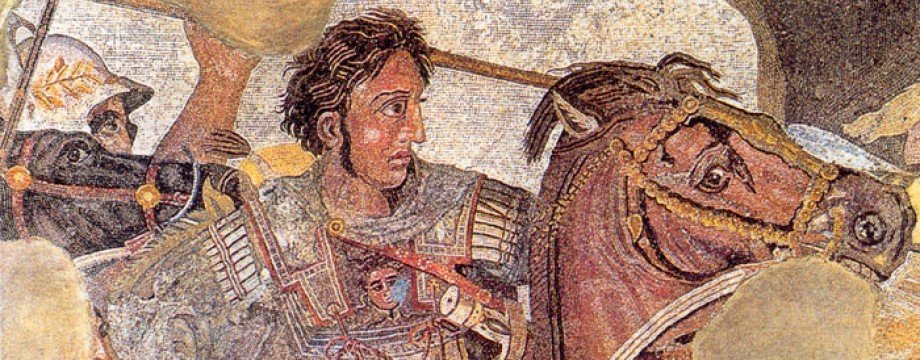Thank you to @VirgilTMorant for mentioning the following review on Twitter
Public Books have published a very insightful review of The Broken Road, the last book in Patrick Leigh Fermor’s trilogy about his walk across Europe between Christmas 1933 and January 1935. You can read it here.
If you are a regular reader of this blog you will know how much I like PLF so I enjoyed the review very much. Two passages in particular grabbed my attention. The first comes after the author notes that, upon his arrival in Constantinople, Fermor made only ‘a few perfunctory notes’. Perhaps, he says
… Fermor never reached Constantinople, the city of Byzantine emperors; he only reached Istanbul, the capital of the Republic of Turkey.
As a result of which, and because he was a philhellene, he was never able to finish his trilogy. That is a very interesting point. At first, though, I disagreed with it. After all, Istanbul still has much of its Byzantine heritage still standing in one form or another… doesn’t it?
The truth is, I don’t know; I’ve never been to the city so am not competent to say. But even if much of Constantinople still remains, the air of a place can change even when the buildings don’t. Maybe it was this that caused Fermor to lay down his pen.
The author notes that - in contrast to Istanbul - Fermor had much to say about the next leg of his wanderings: a visit to Mount Athos, the Holy Mountain. He suggests that Fermor’s
… road was not broken; it only led neither to Constantinople, nor Istanbul, but to the Holy Mountain.
Patrick Leigh Fermor never was, as far as I am aware, a practising Christian. He was interested in the faith, though. This is attested by his visits to churches, even if ‘only’ to admire their architecture and histories, during his walk, the fact that for at least part of the Second World War he put ‘R.C.’ for religion on his army papers and by his visits to numerous monasteries in the 50s. All this gives me a great deal of sympathy with the author’s statement.
If you would like to read what might be called the fruit of Fermor’s interest in Christianity, I thoroughly recommend A Time to Keep Silence. It is a very short book but one that has been written with a great deal more sensitivity and depth than many an ‘official’ Christian work.
As for me, I would jump at the chance to visit Mount Athos. I visited my first Orthodox church a while ago and found it to be a very other-worldly place. The icon lined walls, rood-screen hiding the sanctuary area and great Bible in the middle of what would be the knave in a Catholic church, the more ‘traditional’ artistic style of the icons all contributed to making the church here but not of here.
That was in London. I can only imagine what the monasteries must be like. Two things impress me about Orthodoxy (i) To see an Orthodox church is to see a body that was born when the Hellenistic period came to its end but which has much older roots (ii) The Orthodox Church seems to move very slowly, which though the world may (wrongly) disagree, is one of the best traits of true religion. If you know anything about the recent history of the Catholic Church you may be able to guess why I say this (and, of course, my own religious affiliation).

Thank you for the mention. As an Orthodox myself, I find your remarks here on the faith sensitive. So a tip of my hat to you for those as well. I am, on the other hand, not one who has spent much time in Istanbul. I only passed through it briefly on my way to another locale once. My one day there, though, and much more so my knowledge reading and hearing about it indicate that indeed Constantinople is an officially suppressed thing there. I don’t doubt that it was so in Patrick Fermor’s visit too. My own ancestors resided in lands of Turkey or the Ottoman Empire and were among those who fled the persecution against the Pontian Greeks. The Orthodox theological school has been closed for years. And so on. It is and has been for a long time officially a very hard place for Hellenism or Orthodoxy.
By the way, your two links in the text seem to be to the main Public Road site rather than specifically to the article:
https://www.publicbooks.org/nonfiction/the-road-to-the-holy-mountain
Thanks again. I was delighted to get the notification on Twitter even before I would have seen this post in my reader.
LikeLike
Hi Virgil,
Thank you for your kind comment. I have corrected the second link - thanks for letting me know it was wrong. That’s very sad news about Istanbul. I recently read an excellent book about the fall of Smyrna in the early 20s (called Paradise Lost by Giles Milton) which seems to set the scene for the Turkish authorities lamentable attitude to anyone/thing who is not one of them or of them.
AOS
LikeLike